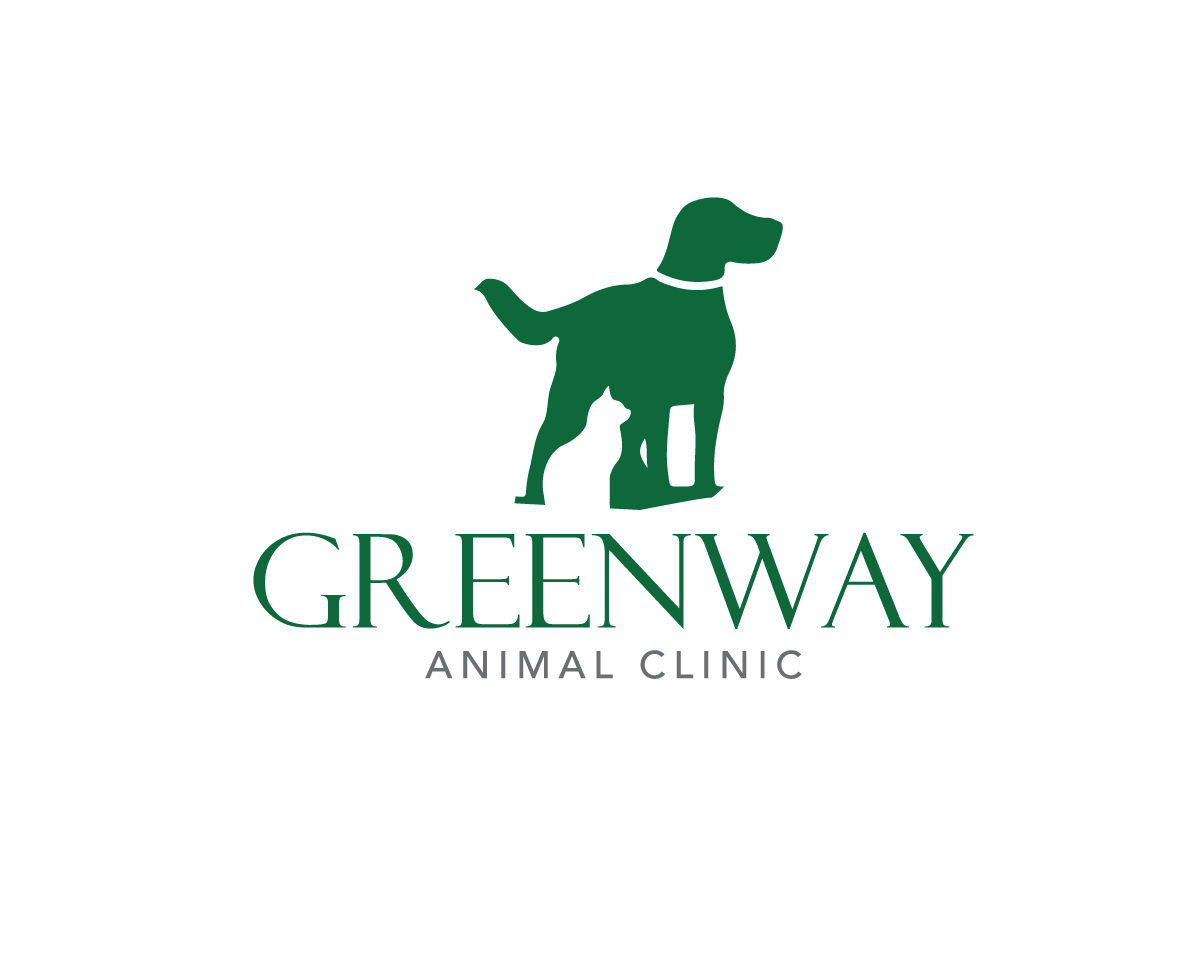Pet Health Library
-
The most common dental problem with dogs is not decay (caries) as with us but periodontal disease. It occurs in over 85% of dogs over the age of three.
-
There are two forms of diabetes in dogs, diabetes insipidus or water diabetes and diabetes mellitus which is sugar diabetes. Diabetes insipidus is a relatively rare condition in dogs, diagnosed after extensive blood and urine tests.
-
Diabetes mellitus (DM or sugar diabetes) is often a disease of overweight, middle aged animals. The classical signs are weight loss, increased appetite, increased thirst and increased urination.
-
Diabetes mellitus, (DM), is a complex disorder of carbohydrate, fat and protein metabolism caused by the body's inability to produce or to utilise adequate amounts of insulin produced by specialised cells in the pancreas.
-
Jaundice (icterus) is a condition characterised by an accumulation of bilirubin (a bile pigment) in the skin, mucous membranes, and sclera (whites of the eyes) causing them to appear yellow.
-
Diarrhoea and vomiting in our pets are common, non-specific signs and can be due to many different diseases and conditions.
-
Diarrhoea is a sign of a bowel problem. This can vary from simple dietary indiscretion, e.g. eating a rotting bone found in the garden to potentially fatal illnesses such as cancer.
-
Muscle (called smooth muscle) and fibrous connective tissues form the framework (stroma) that holds other tissues together in the organs of the body. A number of different tumours can develop from the cells of these tissues.
-
False pregnancy (also known as pseudocyesis, phantom pregnancy or pseudopregnancy) is the term used to describe the condition whereby a non-pregnant dog undergoes bodily and behavioural changes similar to those you that would expect if she was pregnant.
-
Sometimes it is necessary to use a special type of collar to prevent your pet from attacking a particular area, such as a wound or bandage dressing. They take two forms: Elizabethan collars and tubular collars.

